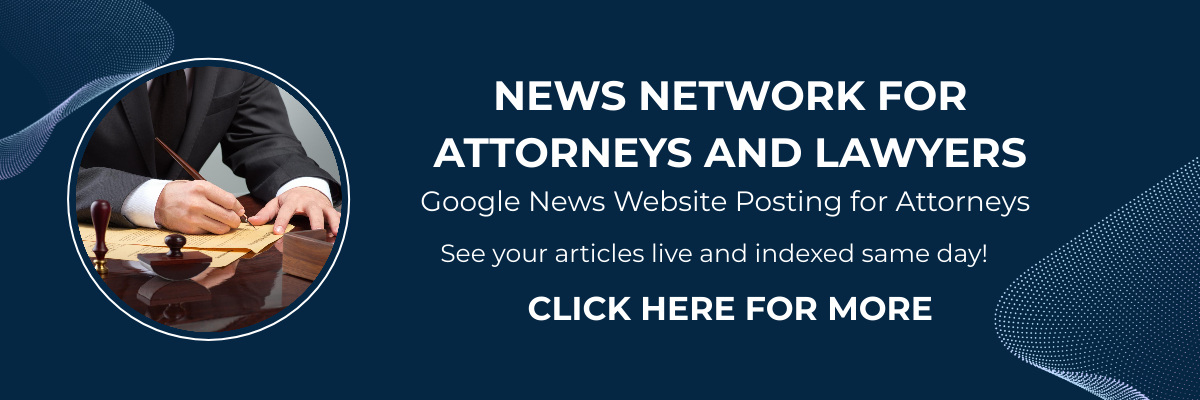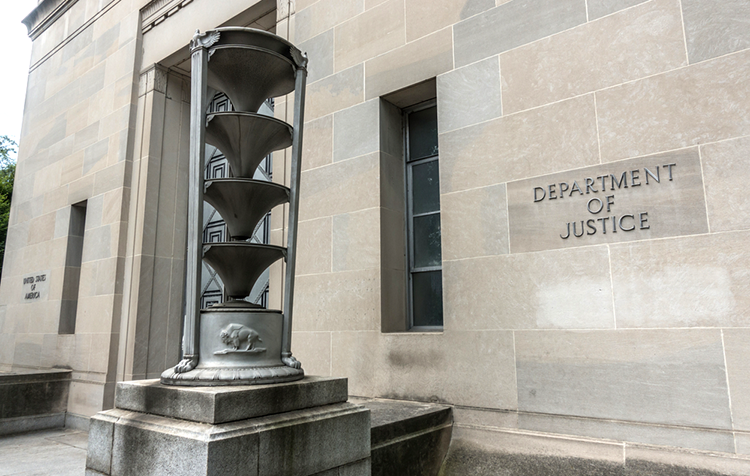
U.S. Supreme Court
The October 2025 term officially begins, as always, on the first Monday in October, and once more there is a strong sense that it is going to be a momentous year in the U.S. Supreme Court. Although the justices have been officially in recess since June 27, it was a summer filled with unprecedented activity on the court’s emergency docket, as the justices considered the constitutionality of many actions taken by President Donald Trump’s administration.
For example, in the last few months, the Supreme Court allowed the Trump administration to fire the heads of the Consumer Product Safety Commission and the Federal Trade Commission, to terminate grants from the National Institutes of Health and to have Immigration and Customs Enforcement agents engage in racial profiling in stopping individuals in Los Angeles. These were almost all 6-3 rulings on the court’s so-called shadow docket, all reversing lower courts that had struck down Trump administration actions, and all with strong dissents from the liberal justices.
As the court begins the new term Oct. 6, over half the docket is set, and the court will take additional cases until mid-January that will be decided by the end of June 2026. Already there are many major matters on the docket.
Challenges to presidential actions
Not surprisingly, there will be many cases this term that involve challenges to President Trump’s unprecedented use of presidential powers. On Nov. 5, the justices will hear oral arguments in Learning Resources Inc. v. Trump and Trump v. V.O.S. Selections as to whether President Trump had the legal authority to impose tariffs on goods from foreign countries. Specifically, the issue before the court is whether the International Emergency Economic Powers Act, which does not mention tariffs, nonetheless gives the president the power to impose them.
In December, though the argument date has not yet been set, the court will hear Trump v. Slaughter, which concerns the power of Congress to limit the president’s authority to fire agency heads. In 1935, in Humphrey’s Executor v. United States, the Supreme Court unanimously upheld a federal law that prevented firing commissioners of the Federal Trade Commission unless there was good cause for removal. In Trump v. Slaughter, which also involves the firing of an FTC commissioner, the court has granted review as to whether to overrule Humphrey’s Executor and whether a federal court may prevent someone’s removal from public office. The rulings in cases on the shadow docket over the summer strongly suggest that the conservative justices will overrule the 90-year-old precedent and embrace the idea that there is a unitary executive, with the president having the power to fire anyone who works in the executive branch of government.
There are a number of other cases pending on the Supreme Court’s docket concerning presidential power for which review has not yet been granted that are likely to be heard in the coming term. Perhaps most notably, the Trump administration has asked the justices to decide the constitutionality of President Trump’s executive order greatly restricting birthright citizenship.
The first sentence of the 14th Amendment says: “All persons born or naturalized in the United States, and subject to the jurisdiction thereof, are citizens of the United States and of the state wherein they reside.” In 1898, in United States v. Wong Kim Ark, the Supreme Court held that this means that everyone born in the United States is an American citizen, with the very limited exceptions of babies born to a soldier in an invading army or to a foreign diplomat.
But on Jan. 20, President Trump issued an executive order effectively saying that only those born to citizens or those with green cards are United States citizens. Every federal court to consider it has declared Trump’s action unconstitutional, and now the government is asking the Supreme Court to decide.
Voting Rights Act
The Supreme Court had briefing and oral argument in Louisiana v. Callais in the October 2024 term, but then to everyone’s surprise, it did not decide the case. Instead, on June 27, it announced that the case would be held over for new arguments in the coming term.
Section 2 of the Voting Rights Act of 1965 prohibits state and local governments from having election systems or practices that discriminate against minority voters or certain language minority voters. The Voting Rights Act Amendments of 1982 amended the law to provide that proof of racially disparate impact is sufficient for a violation; there does not have to be proof of racially discriminatory intent.
The case involves congressional districts in Louisiana. Initially, a federal district court found Louisiana violated the Voting Rights Act by having only one majority Black district out of six in a state that was almost one-third Black individuals. But when Louisiana redrew districts to create two majority Black districts, that was struck down as violating equal protection on the ground that race was impermissibly used as a predominant factor in districting.
On Aug. 1, the Supreme Court issued an order for additional briefing that left no doubt that the constitutionality of Section 2 of the Voting Rights Act is before it. The court’s order stated: “The parties are directed to file supplemental briefs addressing … whether the state’s intentional creation of a second majority-minority congressional district violates the 14th or 15th Amendments to the U.S. Constitution.”
The argument, presented by Justice Clarence Thomas in a dissenting opinion when the court ordered re-argument, is that disparate impact liability requires decision-makers to consider race to ensure that there is not a discriminatory effect. But Thomas says that such consideration of race violates equal protection.
It is impossible to overstate the importance of disparate impact liability to enforcing civil rights in the United States. For a half-century, the Supreme Court has held that proving that there is a racial classification for purposes of equal protection requires demonstrating that the government had a discriminatory intent. But rarely any longer do legislators or government decision-makers openly express a racist purpose. Also, social psychologists long have documented that people have implicit biases that influence their decisions, but are not acknowledged or openly stated. That is why civil rights statutes creating liability upon proof of a racially disparate impact are so important. Louisiana v. Callais presents to the court the issue in the context of a vitally important civil rights law: Section 2 of the Voting Rights Act.
But the implications could extend beyond that. Other federal laws, such as Title VII in prohibiting employment discrimination and the Fair Housing Act of 1968 also create liability based on disparate impact. Would those be constitutionally vulnerable as well, because avoiding disparate impact requires decision-makers to consider race? In 2009, in a concurring opinion in Ricci v. DeStefano, a case involving employment discrimination, Justice Antonin Scalia raised the issue of whether disparate impact liability violates equal protection.
The culture wars before the Supreme Court
Again, this term, the court will hear cases that arise from social issues that deeply divide American society. Chiles v. Salazar, which will be argued Oct. 7, involves the constitutionality of a Colorado law that prohibits conversion therapy—that is, it prohibits efforts to try to change a person’s sexual orientation or gender identity.
Kaley Chiles brought a lawsuit challenging the Colorado law, claiming it violates her freedom of speech and free exercise of religion. She says that she is a licensed counselor and a practicing Christian. She argues that the law violates her right to counsel clients. The Denver-based 10th U.S. Circuit Court of Appeals, in a 2-1 decision, ruled against Chiles and upheld the Colorado law. The court stressed the “long-established history of states regulating the health-care professions.”
Few issues are more divisive or more reflect the culture wars than whether transgender athletes can participate in sports that correspond with their gender identities. Yet for all the attention, this is about a relatively small number of people. In December, the president of the NCAA, Charlie Baker, told a Senate committee that there are fewer than 10 transgender athletes in college sports out of 510,000 collegiate athletes.
The two cases before the Supreme Court—Little v. Hecox and West Virginia v. B.P.J.—involve laws in Idaho and West Virginia that prohibit transgender athletes from competing on sports teams that correspond to their gender identities.
Fourth Amendment
There are a large number of criminal cases on the docket already. It has been several years since the Supreme Court has decided a case about searches under the Fourth Amendment. Case v. Montana poses the question of whether law enforcement may legally enter a home with a search warrant that is based on less than probable cause that an emergency is occurring, or whether the emergency aid exception requires probable cause.
After a report from his ex-girlfriend that William Trevor Case had threatened suicide, police officers went to his home. After waiting about 40 to 45 minutes, the officers entered the house. A police officer who encountered Case in an upstairs bedroom believed he saw a “dark object” near Case’s waist and fired at him, hitting him in the left arm and lower left abdomen. Case was arrested, and he moved to suppress the evidence the police gained, claiming that the entry to his house was illegal.
In Brigham City, Utah v. Stuart, the court held that police may enter a home without a warrant when they have an objectively reasonable basis for believing an occupant is seriously injured or imminently threatened with such injury. But does this require probable cause to believe there is such a danger?
In conclusion
These, of course, are only some of the cases that will be decided this term. But there is no doubt that it will be a year filled with blockbuster rulings that will have a profound effect on the law and American society.
Erwin Chemerinsky is dean of the University of California at Berkeley School of Law. He is an expert in constitutional law, federal practice, civil rights and civil liberties, and appellate litigation. He’s also the author of many books, including No Democracy Lasts Forever: How the Constitution Threatens the United States and A Court Divided: October Term 2023.













